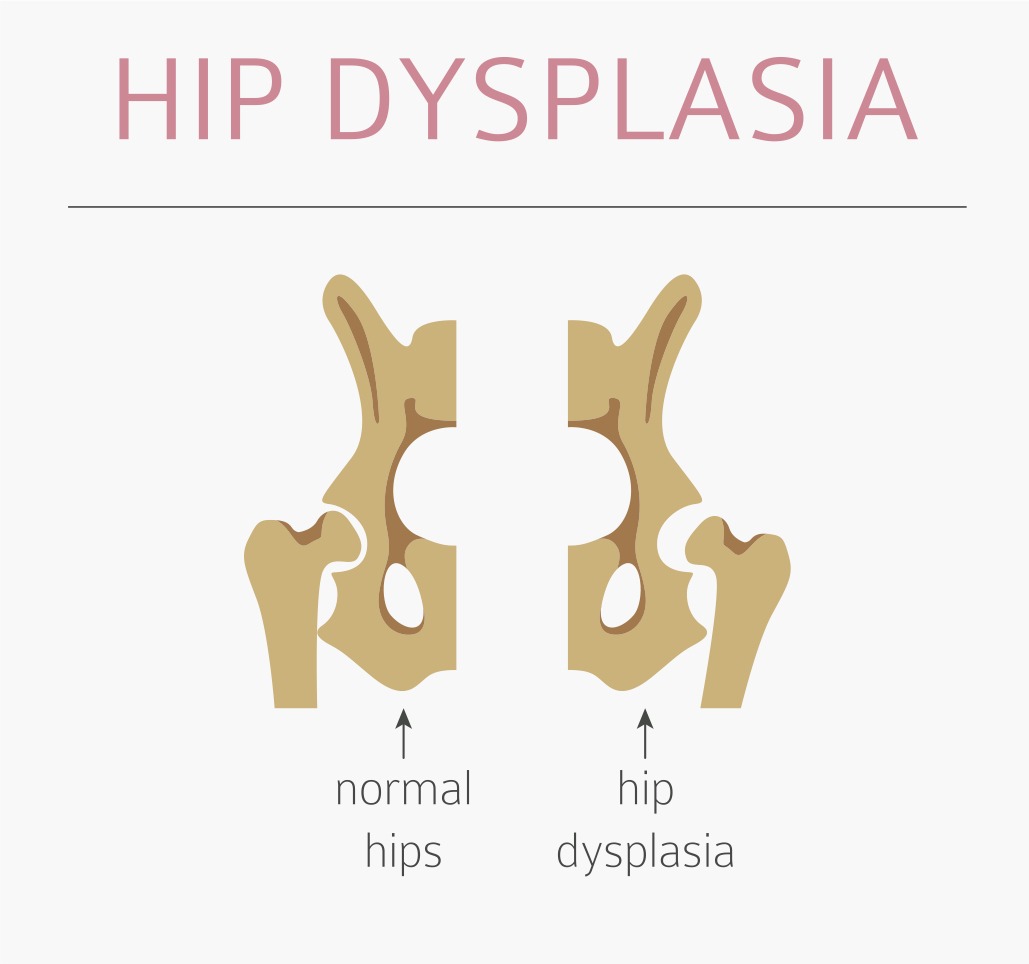What is hip dysplasia?
The hip is a “ball-and-socket” joint. In a normal hip, the ball at the upper end of the thigh bone (femur) fits firmly into the socket, which is part of the large pelvis bone. In babies and children with developmental dysplasia (dislocation) of the hip (DDH), the hip joint has not formed normally. The ball is loose in the socket and may be easy to dislocate. This can require bracing or surgery with a pediatric orthopedic specialist. These conditions can often persist into adolescence and adulthood. Hip specialist serving Boulder, Colorado, Dr. Austin Chen is available to talk to you about hip dysplasia.
In all cases of DDH, the socket (acetabulum) is shallow, meaning that the ball of the thigh bone (femur) does not securely fit into the socket. Sometimes, the ligaments that help to hold the joint in place are stretched or torn. The degree of hip looseness, or instability, varies among children with DDH.
There are a few types of hip dysplasia:
- Dislocated. In the most severe cases of DDH, the head of the femur is completely out of the socket.
- Dislocatable. In these cases, the head of the femur lies within the acetabulum, but can easily be pushed out of the socket during a physical examination.
- Subluxatable. In mild cases of DDH, the head of the femur is simply loose in the socket. During a physical examination, the bone can be moved within the socket, but it will not dislocate.

What are the causes of hip dysplasia?
Although DDH can often present at birth, it may also develop during a child’s first year of life. Recent research shows that babies whose legs are swaddled tightly with the hips and knees straight are at a notably higher risk for developing DDH after birth. As swaddling becomes increasingly popular, it is important for parents to learn how to swaddle their infants safely, and to understand that when done improperly, swaddling may lead to problems like DDH.
- Injury or insult in utero or during early childhood
- Infection during in utero or during early childhood
- Position in the uterus
What are the risk factors for hip dysplasia?
- Females
- First-born
- Large birth weight
- Breech position
- Family history of developmental dysplasia of the hip (parents or siblings)
- Oligohydramnios (low levels of amniotic fluid)
What are the symptoms of hip dysplasia?
- Legs of different lengths
- Uneven skin folds on the thigh
- Less mobility or flexibility on one side
- Limping, toe walking, or a waddling gait
- Constant aching pain
- Intermittent catching or locking
- Groin pain
- Buttock pain
- Difficulty walking
- Instability
- Extreme flexibility
What is the treatment for hip dysplasia?
When DDH is detected at birth, it can usually be corrected with the use of a harness or brace. If the hip is not dislocated at birth, the condition may not be noticed until the child begins walking. At this time, surgical treatment may be needed. Dr. Chen will discuss with you the treatment options that are best suited for your particular case of hip dysplasia.
